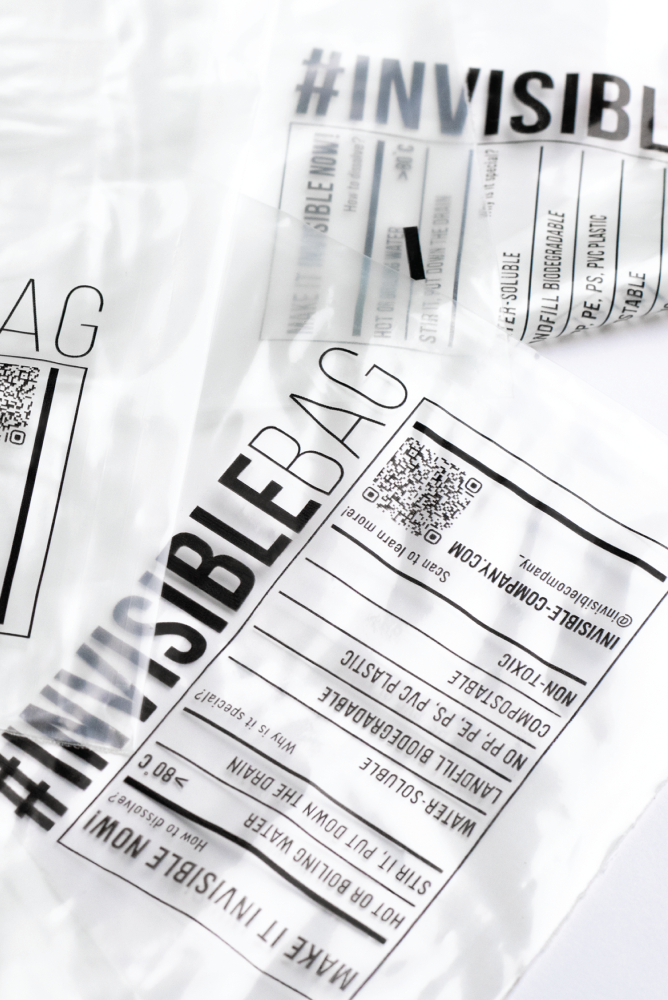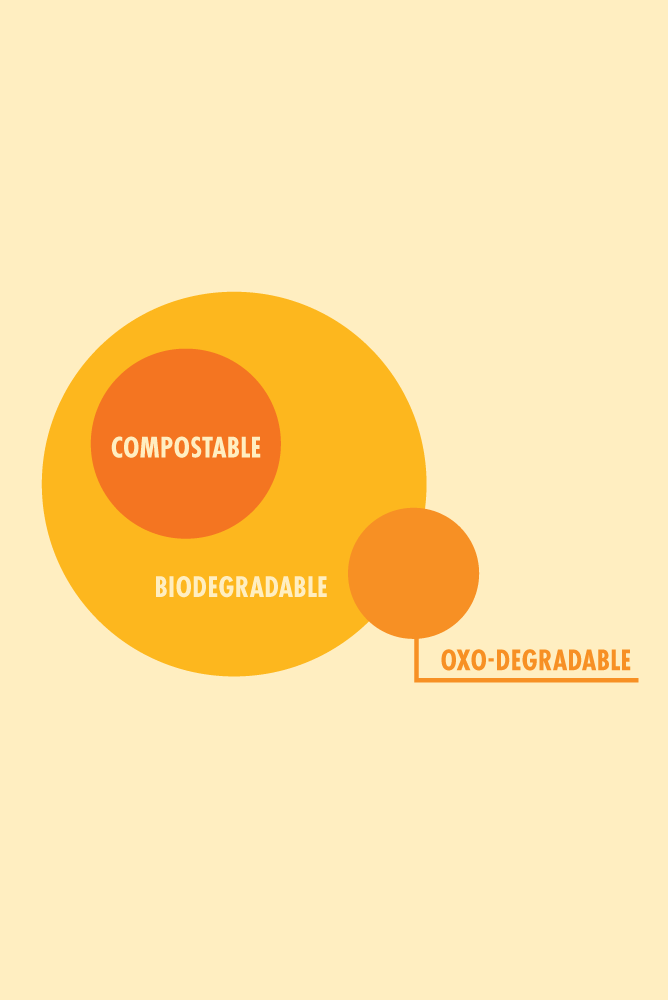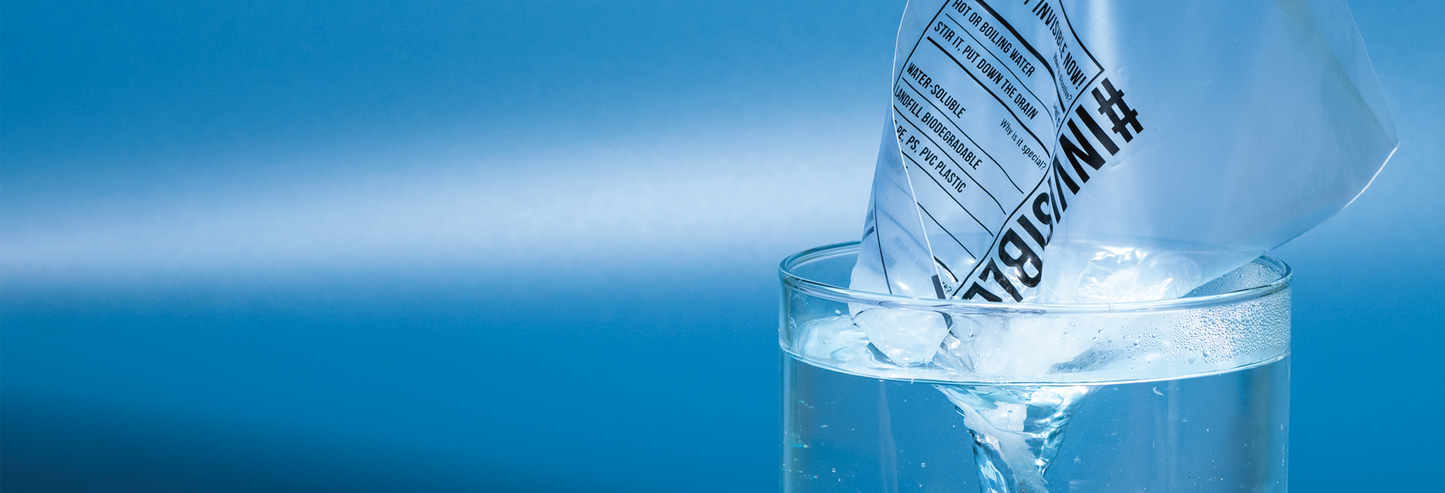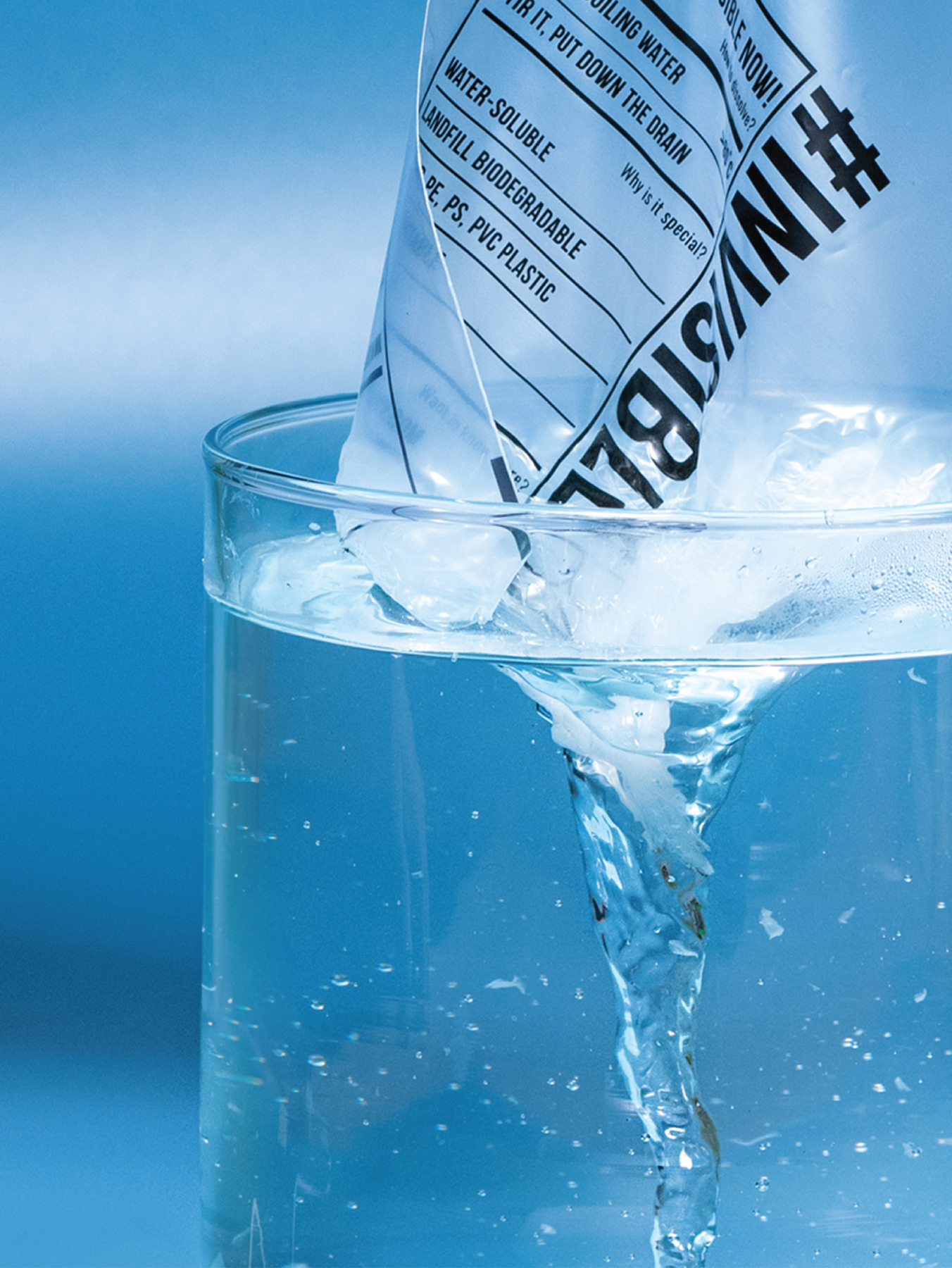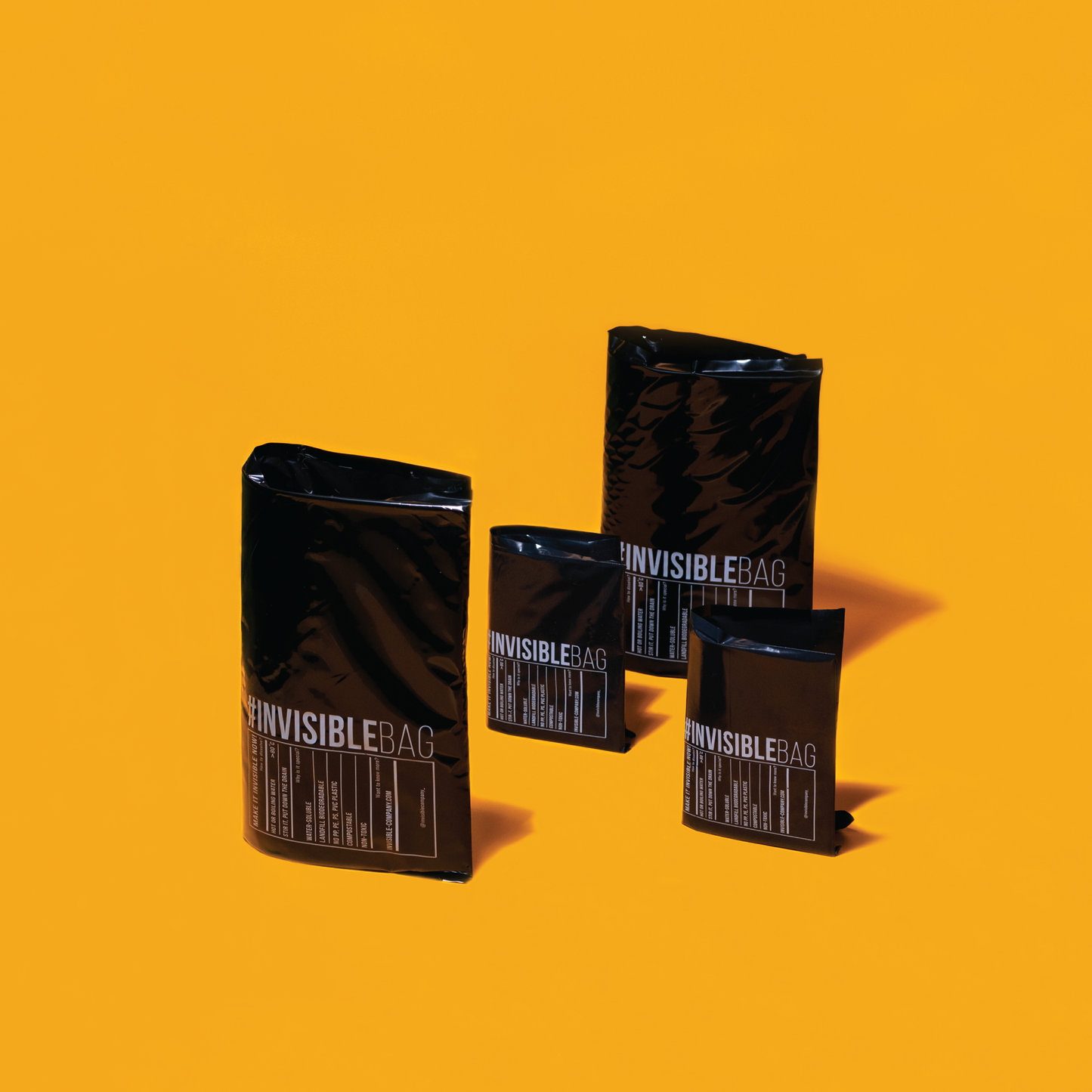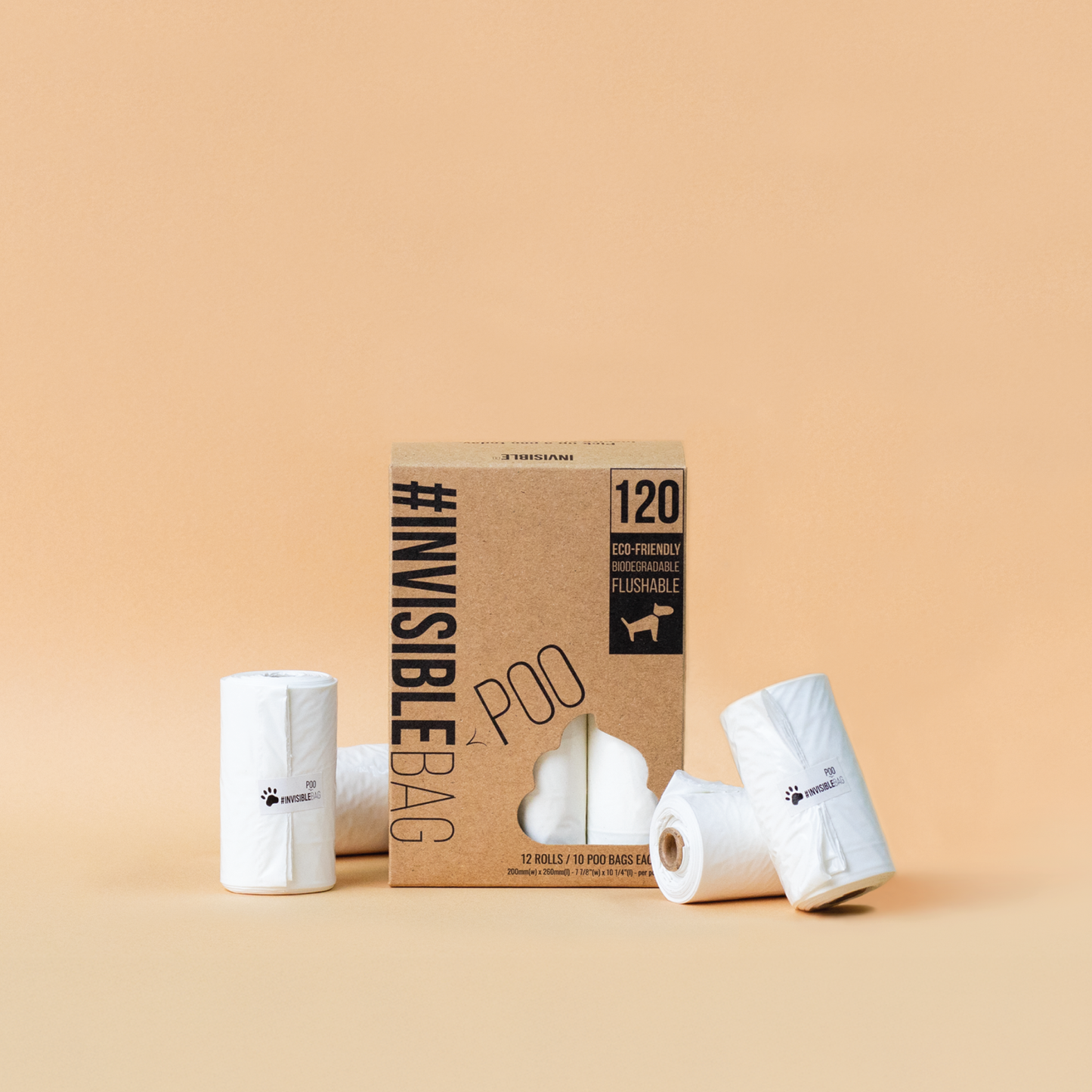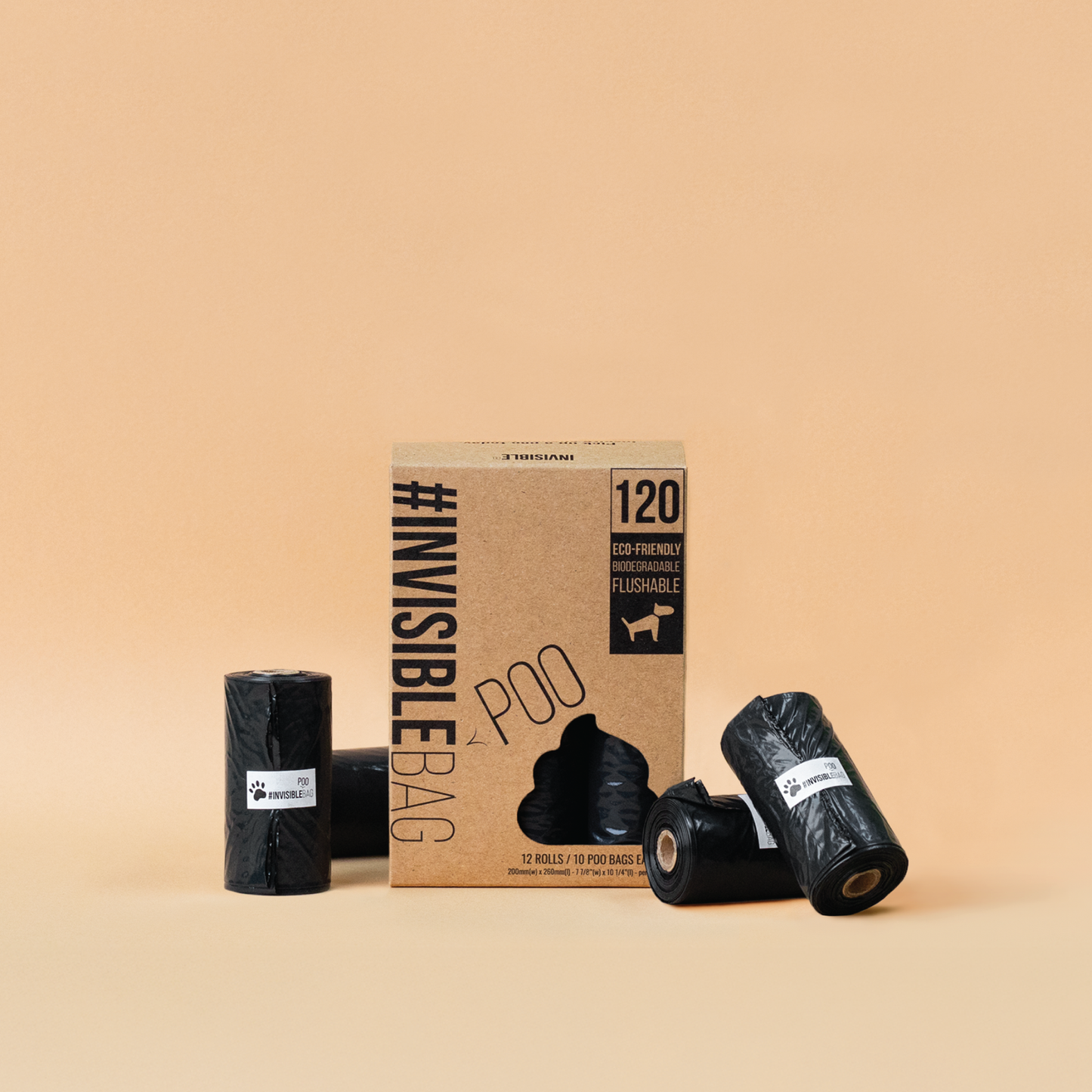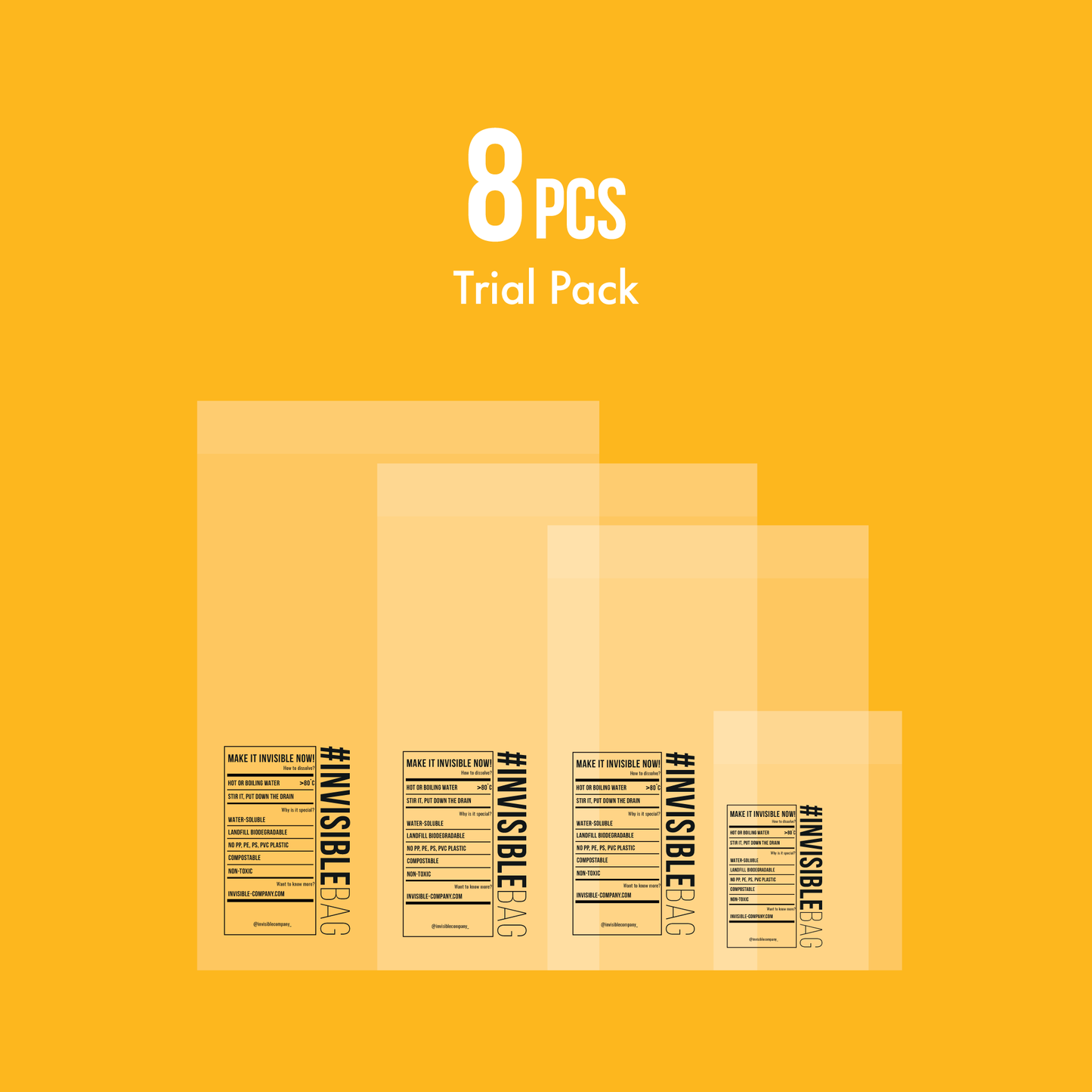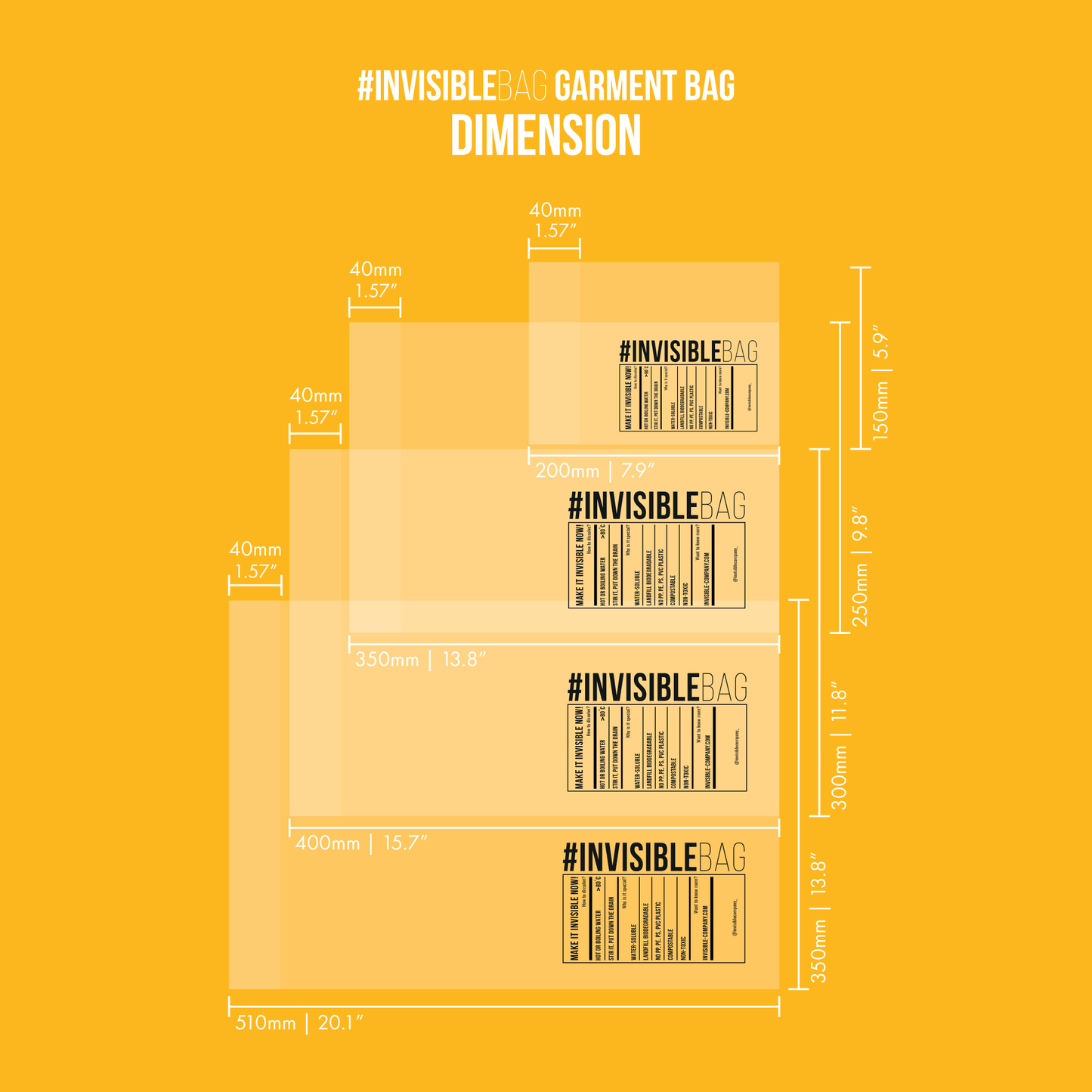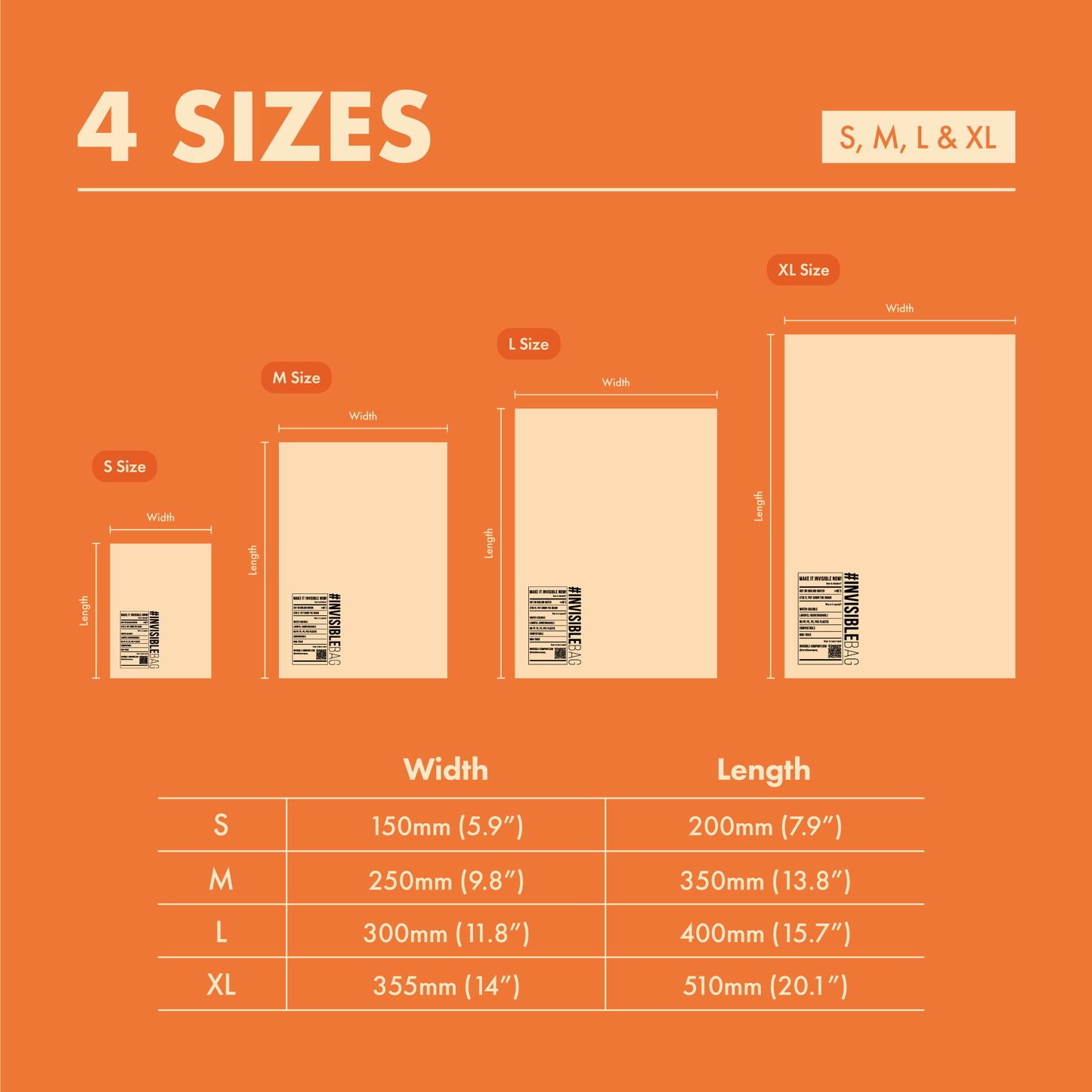Get 10% off on customing your own #INVISIBLEBAG now at only 250pcs!
#INVISIBLEBAG IS TESTED & CERTIFIED
#INVISIBLEBAG is created from a unique, water-soluble blend of PVOH, starch, and glycerin. This core ingredient, PVOH, is a biodegradable polymer with a long history of safe use in products you already trust, including medical capsules, laundry pods, and for medical, embroidery, and garment applications. It is also used in many personal care products such as peel-off face masks, moisturizer creams, mascaras, contact lenses, and lubricants/artificial tears. This is a proven, biodegradable solution that disappears completely, leaving no harmful microplastics behind.
Water-Soluble
#INVISIBLEBAG dissolves in hot or boiling water (80℃ or above) within a few minutes, also in cold water at a slower rate.
Compostable
#INVISIBLEBAG is certified compostable by the US standard ASTM D6400 and the EU Standard EN13432.
Anaerobic Biodegradable
#INVISIBLEBAG has been tested under ASTM D5511 requirements and the result shows more than 85% biodegradation in 90 days under landfill conditions.
Environmentally Safe
#INVISIBLEBAG is non-toxic, proven by EEQ and OECD 208 tests; whilst the FTIR analysis also shows that it doesn't contain PP, PE, PS, PVC plastic.
Eco-friendly Printing
#INVISIBLEBAG uses eco-friendly ink containing no heavy metals or ketone, proven by EEQ test.
High Tensile Strength
#INVISIBLEBAG's tensile strength performance is equivalent to plastic packaging.
Anti-Static
#INVISIBLEBAG is anti-static and suitable for electronic components wrapping.
Oil & Grease Resistant
#INVISIBLEBAG is a solid barrier to oil, grease, chemical, aroma, gas and organic solvents.
Making your #INVISIBLEBAG disappear is a simple and satisfying process, dissolving it at home using very hot water (80°C or above). Remember to remove the adhesive strip first and cut the bag into smaller pieces to help it dissolve more quickly. Simply put the pieces into a container and pour the hot water over them. Within a few minutes, you'll see the bag dissolve completely. Once it has turned into a liquid, you can safely pour it down the drain. From there, the dissolved material will be treated at a sewage plant where microorganisms will consume it, completely breaking it down into only carbon dioxide and water with absolutely no formation of microplastics. And this dissolvable material can be dissolved at a lower temperature of water, just at a slower pace.
Customize Your Own #INVISIBLEBAG
We believe that real change happens when we work together. By choosing #INVISIBLEBAG, you’re not just picking a bag—you're joining a collective effort to build a more sustainable future. See how other innovative brands are making an impact with their custom, branded #INVISIBLEBAG. Now get your own transparent, poly bags with your logo, starting with a minimum order of just 250 pieces, and share your commitment to a world without plastic waste.
Latest Innovation #INVISIBLEBAG 2.0
#INVISIBLEBAG 2.0 is our latest innovation—a film with 95% bio-based content. Sourced from Sugar Cane regenerative feedstock (new carbon, verified with ASTM D6866-24), this successful test proves that a high-performance, bio-based film is possible but also a scalable solution for the future. It's still water-soluble, compostable, degradable and non-toxic.





